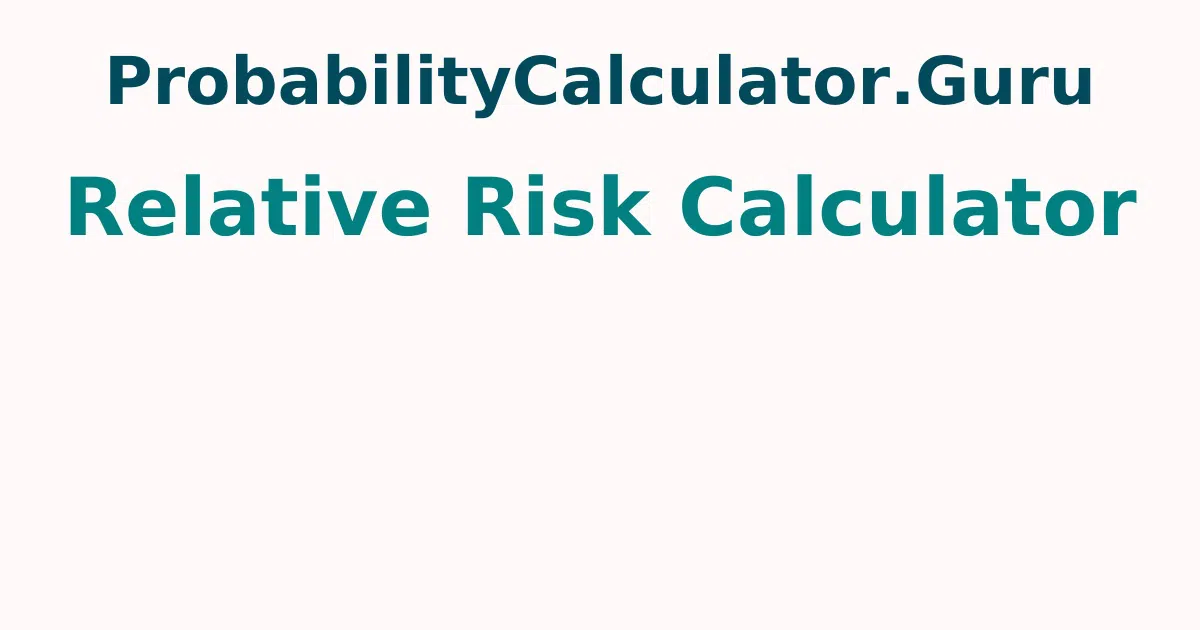Relative Risk Calculator
Created By : Vaibhavi Kumari
Reviewed By : Phani Ponnapalli
Last Updated : Apr 02, 2023
Relative Risk Calculator helps you find the comparitive risk occurence of a significant event for two groups. This calculator can be of great help in your statistical calculations and all you need to do is provide the respective inputs and tap on the calculate button to get risk or confidence interval.
